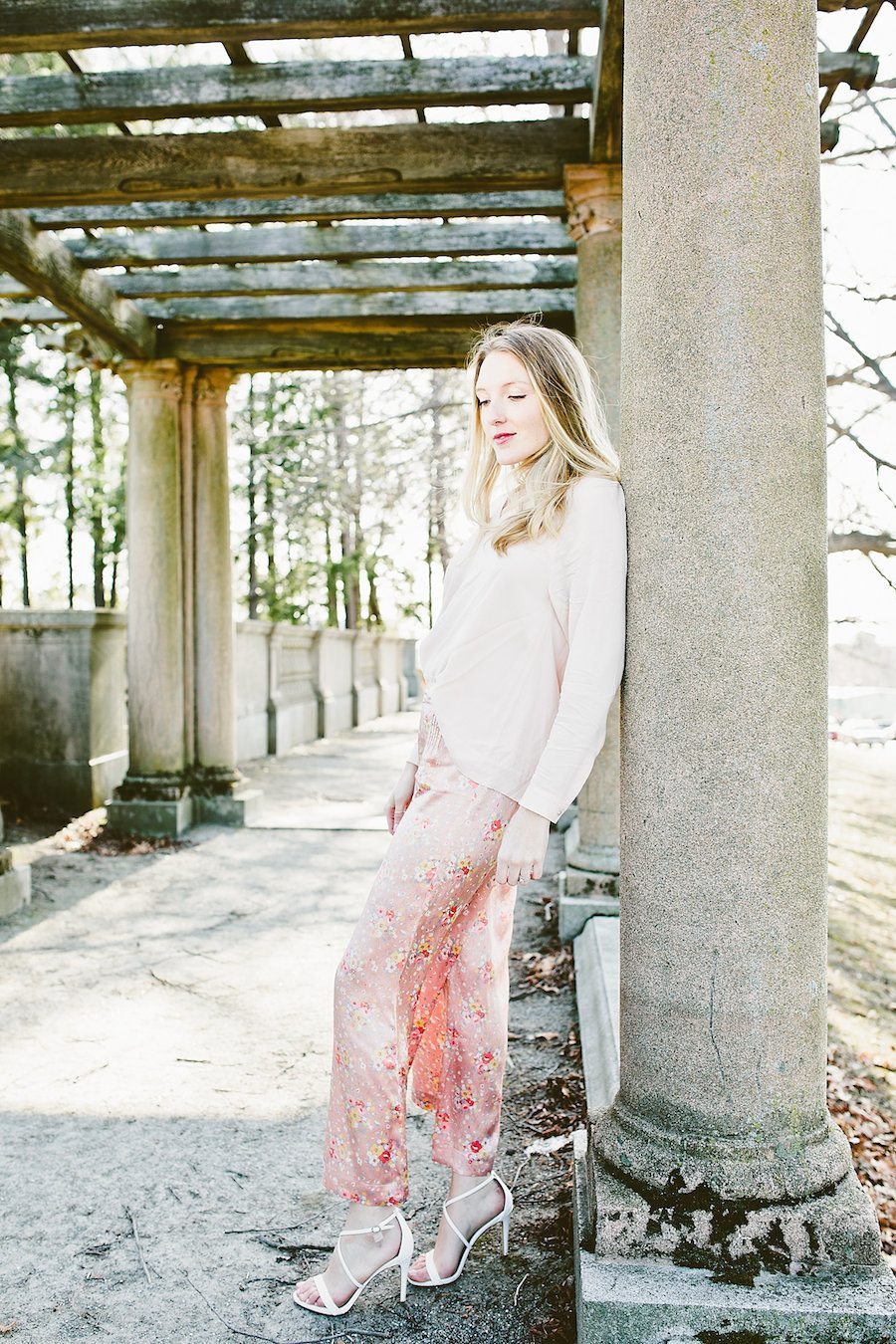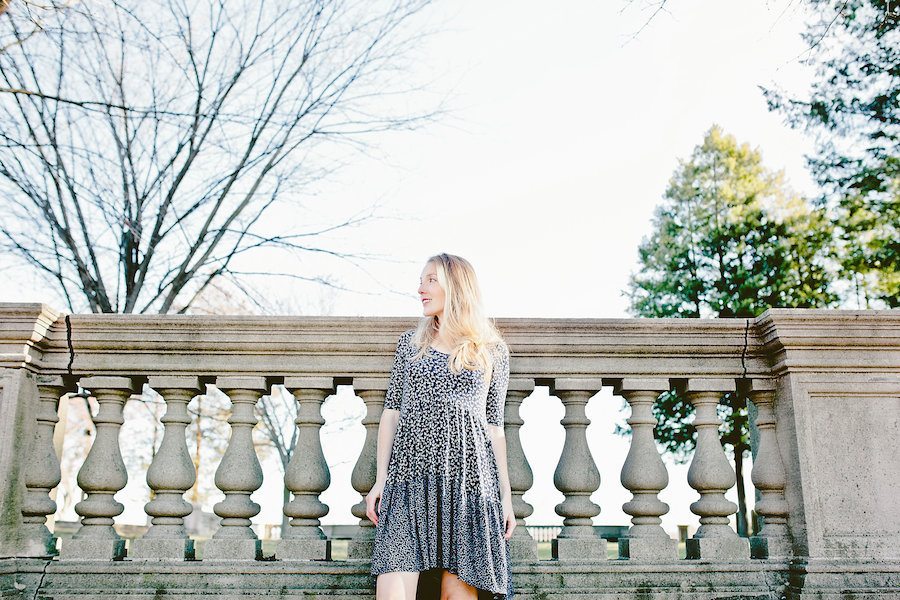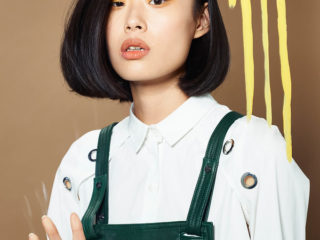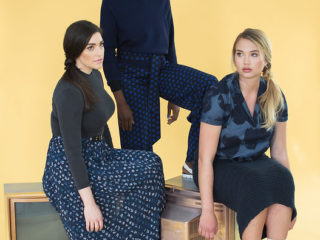In March of 2015 fashion designer Eileen Fisher launched Vision 2020, a plan to achieve 100% sustainability in her clothing lines within five years. Her courageous ranks have since been joined by notable brands around the world; councils on ethical fashion convene in all corners of the globe to discuss progress, changes and breakthroughs.
And it’s undoubtedly a bold move to begin such a transformation from the top down. But for other designers, this ethical pursuit has been a grassroots passion influencing every stage of production. Tine Mollatt, founder of byTiMo and visionary for conscious consumerism, has sought after a holistic approach to design since 2004. Detailing each element from material sourcing to employee relations and buyer experience, byTimo crafts a uniquely tailored mission that’s deeply rooted in integrity.
Espousing a Commitment to Truthfulness, Consciousness, and Quality
byTiMo is headquartered in Oslo, Norway and embodies every ounce of Scandinavian charm we could imagine. And what proves to be just as enticing as their floral prints is the ethos of their brand. Mollatt describes her initial inspiration saying, “I wanted to create something that I could stand for, a business that was free of exploitation, which took care of everyone involved in the process of creating the garment, and that the product was of good, long lasting qualities without emptying my customers pockets.” This is the commitment from day one that’s revolutionized her approach to design.

And none of this happens by accident or without intentionality. Mollatt explains, “I have very strict rules and a…code of conduct and code of ethics that everyone has to work by.” Furthermore, in discussing their production as a stark contrast to ‘fast fashion’ she notes, “Everything takes time and is done thoroughly, from the prints that are drawn by hand, to the buttons selected and knitting techniques created…everything has thought behind it, and lots of creative work.” This meticulous attention granted to every garment preserves their legacy of quality and reaffirms the pledge to remain a brand of uncompromising character.
Encompassing a Holistic, Caring Approach to the Product and Team
As would be the case with any company promising their customers an ethical product, no stone can be left unturned. There isn’t an inch of byTiMo’s sourcing and creation process that hasn’t been examined with an eye toward fairness. Even the factories with which they work must adhere to the aforementioned code of conduct.
There isn’t an inch of byTiMo’s sourcing and creation process that hasn’t been examined with an eye toward fairness.
Mollatt highlights certain areas of standards, sharing, “Things like working conditions and hours, recycling the water used when dying or coloring are important. We also test our products thoroughly to make sure they are long lasting, and prefer to work with natural or bi-natural materials that have the least harm on the environment.” With this mindset, the life of a factory worker carries the same weight for byTiMo as the environment in which a design team works or the end destination where they’ll be sending a carefully crafted product. Each arena is an opportunity for their unique commitment to shine.

Improving the Fashion Industry’s Overall Methodology
Investing 20 years in the fashion industry prior to launching her own brand, Mollatt is no stranger to the pitfalls of that environment. When asked how improvements toward a grander scale of ethical production should start, she responds, “For one, I think reducing the overall greediness. One must understand that the fast fashion, cost cutting business model is not sustainable in the long run.” Sacrificing quality for quantity may one day be the very undoing of these current successes.
But hope for change remains in that, “[w]e can slowly see the trend shifting today, even [with] things like the sharing economy and the focus on being eco-friendly or eating organic foods.” These same principles can be utilized within the fashion industry to not merely meet a need (or make a buck), but rather surpass expectations with thoughtful, principled collections.


byTiMo’s ethereal designs are the epitome of vintage romance. They stem from time-honored traditions of taking great care with every print, fabric, or seam. For a newcomer to the brand, Mollatt highlights, “Our dresses…It’s something about them: the fit, the prints, the vintage inspired silhouettes and the wear-ability that women simply love.”
But the beauty of this brand comes to fruition once a customer receives their garment. Delicate production and conscientious standards are merely the start to a most amazing finish. Mollatt expresses her hope for every woman donning byTimo in saying, “I can only hope she feels great, sexy and confident! And that she knows of all the small processes involved in creating her dress. All the hands involved, cutting, sewing, designing, even, the farmers harvesting the cotton, or the butterflies spinning the silk!” This is true artistry in fashion from the inside out.
Have you ever purchased fair trade clothing? How did that experience differ from other ‘fast fashion’ items in your wardrobe?
Images via Amy Emily Photography; Styling + modeling by Leslie Musser











1 comment
I love the concept of an exploitation-free, sustainable, free trade model for clothing business. It sounds like what she does is so creative and quality. With spring coming up, her website has some beautiful floral things (I love flowers). I saw a yellow skirt that I really liked. I think conscious consuming is important because I think it’s awful to hear about people who sew garments all day for pennies and how the textile trade pollutes our already hurting environment. I remember I saw a segment by John Oliver on the clothing trade. However, I’ve never purchased anything from a designer like her. Unfortunately, because her design does everything right, it’s more expensive to maintain and so prices are higher. I could never afford to pay $155 for a skirt (which is what my favorite thing converted to). That’s a bummer because she has some lovely things and it sounds like she has made a very rewarding career for herself in being able to creative and help others.